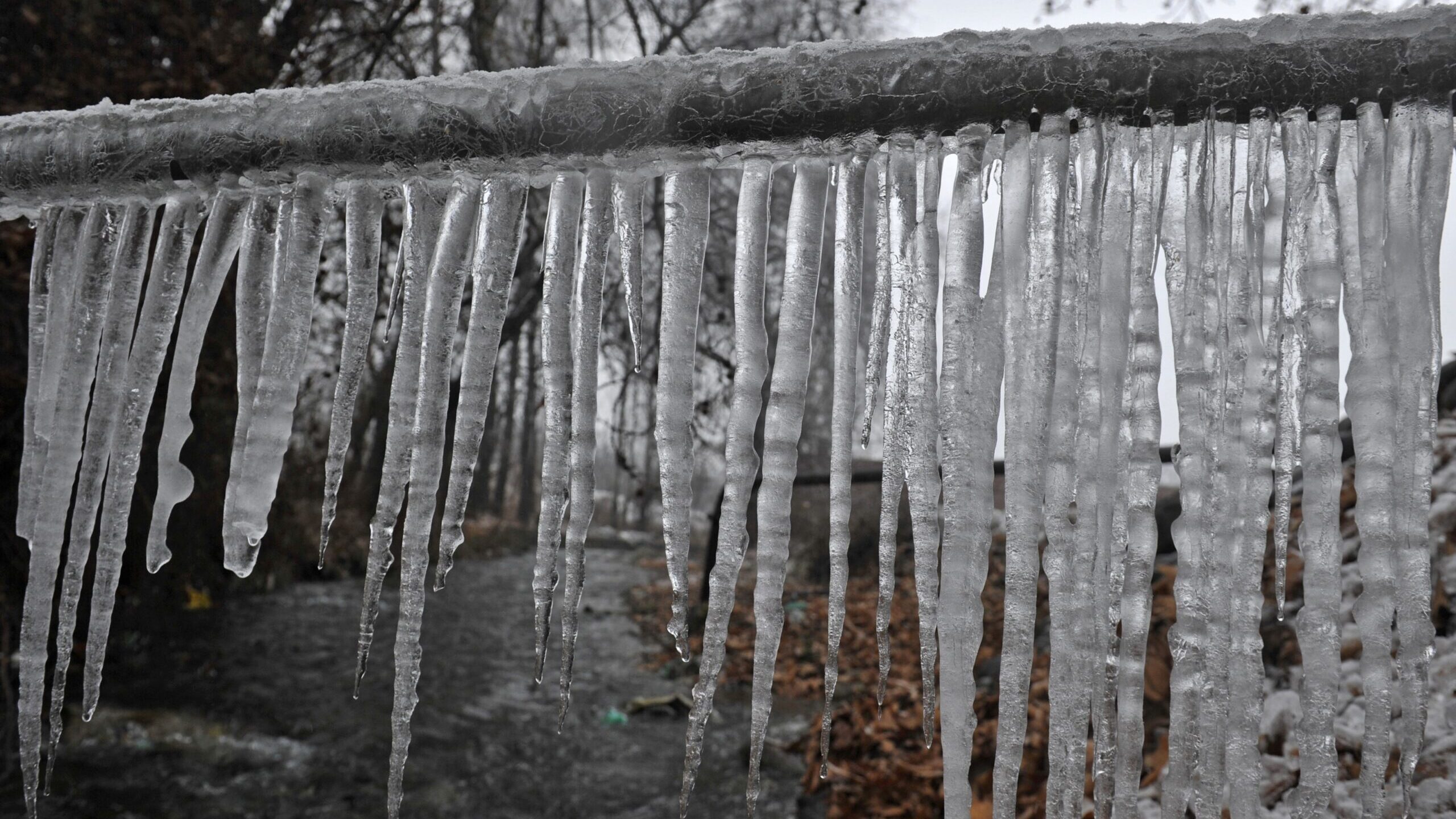What are your concepts on How to prepare your home plumbing for winter weather?

Winter can ruin your pipes, especially by freezing pipelines. Right here's just how to avoid it from occurring and what to do if it does.
Intro
As temperature levels decrease, the danger of frozen pipelines increases, possibly resulting in pricey repair work and water damages. Comprehending how to stop frozen pipes is crucial for home owners in chilly climates.
Understanding Icy Pipes
What creates pipes to ice up?
Pipes ice up when exposed to temperatures below 32 ° F (0 ° C) for expanded durations. As water inside the pipelines ices up, it expands, putting pressure on the pipe walls and potentially causing them to burst.
Risks and damages
Frozen pipes can result in water system disturbances, home damage, and expensive repairs. Ruptured pipelines can flood homes and create considerable structural damage.
Indicators of Frozen Water Lines
Identifying icy pipes early can stop them from rupturing.
Exactly how to identify icy pipes
Try to find decreased water circulation from taps, unusual smells or sounds from pipes, and noticeable frost on revealed pipes.
Prevention Tips
Shielding vulnerable pipes
Cover pipelines in insulation sleeves or use heat tape to secure them from freezing temperature levels. Concentrate on pipes in unheated or external areas of the home.
Heating strategies
Keep indoor spaces properly heated, especially locations with pipes. Open up cupboard doors to permit cozy air to circulate around pipes under sinks.
Safeguarding Outdoor Pipes
Yard tubes and outside faucets
Detach and drain pipes garden pipes prior to winter. Mount frost-proof faucets or cover outside taps with protected caps.
What to Do If Your Pipelines Freeze
Immediate actions to take
If you believe icy pipes, maintain faucets available to ease stress as the ice thaws. Utilize a hairdryer or towels taken in warm water to thaw pipes slowly.
Long-Term Solutions
Structural modifications
Consider rerouting pipelines away from exterior walls or unheated locations. Include extra insulation to attics, basements, and crawl spaces.
Updating insulation
Invest in top notch insulation for pipelines, attic rooms, and walls. Appropriate insulation helps preserve regular temperature levels and decreases the threat of frozen pipelines.
Conclusion
Protecting against icy pipes needs positive measures and quick feedbacks. By comprehending the reasons, indicators, and preventive measures, homeowners can secure their pipes during winter.
6 Proven Ways to Prevent Frozen Pipes and Protect Your Home
Disconnect and Drain Garden Hoses
Before winter arrives, start by disconnecting your garden hoses and draining any remaining water. Close the shut-off valves that supply outdoor hose bibs and leave the outdoor faucet open to allow any residual water to drain. For extra protection, consider using faucet covers throughout the colder months. It’s also important to drain water from any sprinkler supply lines following the manufacturer’s directions.
Insulate Exposed Pipes
Insulating your pipes is an effective way to prevent freezing. Pipe insulation is readily available at home improvement stores and is relatively inexpensive. Pay close attention to pipes in unheated areas such as the attic, basement, crawl spaces, or garage. Apply foam insulation generously to create a buffer against the cold. You can also wrap your pipes in heat tape or thermostat-controlled heat cables for added warmth.
Seal Air Leaks
Inspect your home for any cracks or openings that could let in cold air. Seal any holes around the piping in interior or exterior walls, as well as the sill plates where your home rests on its foundation. Additionally, make sure to keep your garage door closed unless you’re entering or exiting. Leaving it open creates a significant air leak that can lead to frozen pipes.
Allow Warm Air Circulation
During cold snaps, it’s essential to allow warm air to circulate evenly throughout your home. Leave interior doors ajar to promote better airflow. Open kitchen and bathroom cabinets to help distribute heat consistently around the rooms. If you have small children or pets, be sure to remove any household chemicals or potentially harmful cleaners from open cabinets for safety.
Let Faucets Drip
A small trickle of water can make a big difference in preventing ice formation inside your pipes. When temperatures drop significantly, start a drip of water from all faucets served by exposed pipes. This continuous flow helps prevent the water from freezing. Additionally, running a few faucets slightly can relieve pressure inside the pipes, reducing the chances of a rupture if the water inside does freeze.
https://choateshvac.com/6-proven-ways-to-prevent-frozen-pipes-and-protect-your-home/

Do you really like reading up on Winter Plumbing Precautions: Preventing Frozen Pipes? Create a comment down below. We will be pleased to hear your suggestions about this posting. In hopes that you come back again soon. If you liked our article plz remember to share it. Thanks so much for going through it.
Request Service